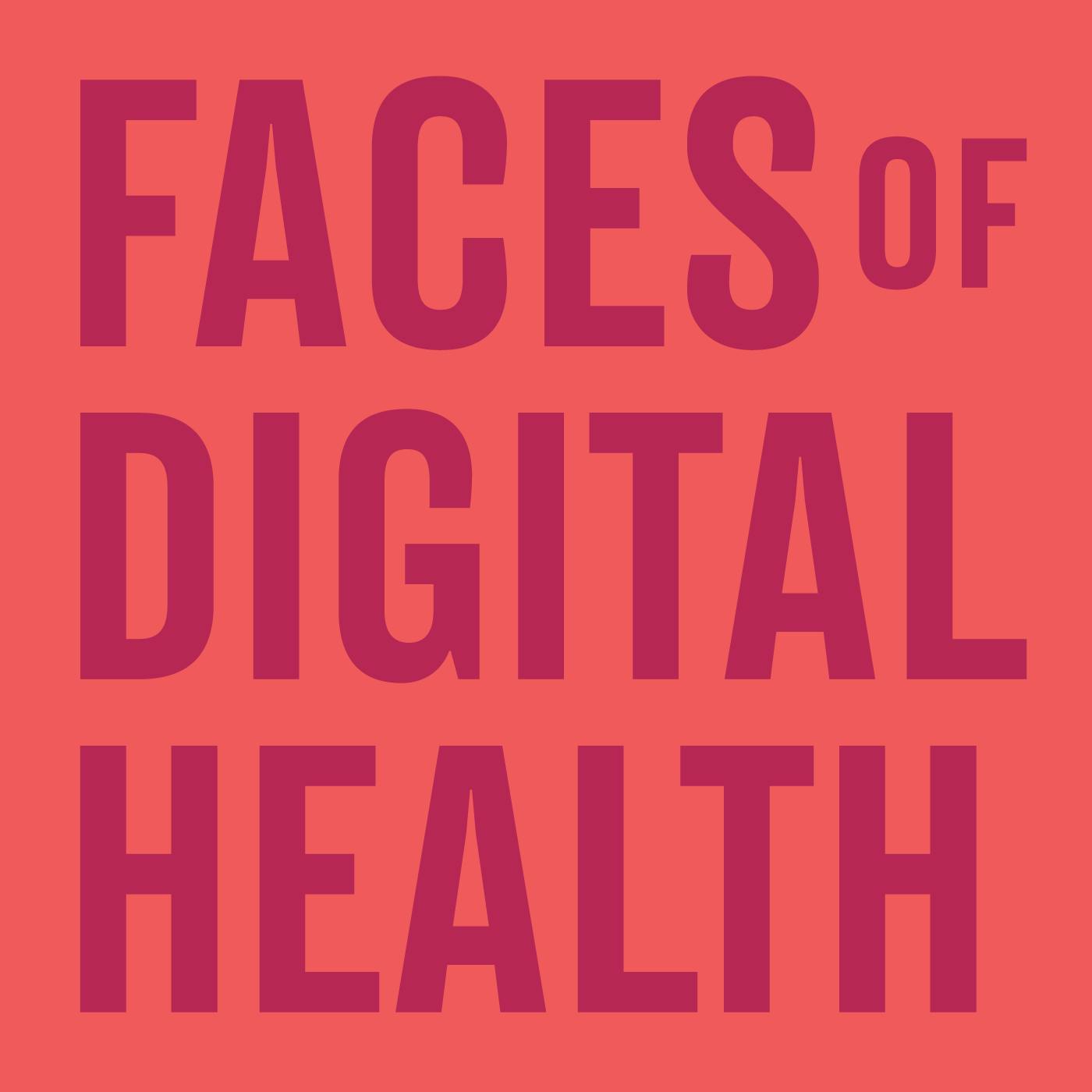HIMSS Europe 2024: EHDS, future of interoperability, next steps in AI, and where patient journey fits in?
Description
Rome was buzzing with digital health at the end of May as the HIMSS Europe conference took place at La Nuova Congress Center. Delegates from 80 countries and representatives of health ministries of 20 countries marked the event with discussions about the implementation of EHDS, the EU AI Act, and more.
In this episode, a few participants share their impressions from the discussions at the conference and the current state of healthcare digitalization in Europe.
You will hear from:
Jordi Piera-Jiménez. Director of the Digital Health Strategy Office, Catalan Health Service, who shared his view and experience on data management and data standards,
Rachel Dunscombe , CEO of openEHR foundation and former the UK AI council member leading on AI in digital health and care, who presented the discussions on AI,
Svava María Atladóttir, Executive Director of Development, Landspítali National University Hospital Iceland, about what it takes to build a new hospital which is what she needs to do by 2030,
Nana Odom, Director of Clinical Engineering at the Cleveland Clinic in London, who shared her advice for clinical engineers,
Diana van Stijn, Chief Medical Officer and co-founder of Lapsi Health and resident of Pediatrics at UMC Amsterdam, who talked about the doctor’s perspective on the use of tech and upskilling,
Luke Evason, Consultant and Monica Kleiijn Evason, Leadership Coach and Book Author, who both talked about the patient perspective on gaps in healthcare, particulary at the transfer of children going from pediatric to adult care.
Data quality is key for quality AI, another big topic globally, with regulation outlined in Europe with the EU AI Act. Where are discussions in healthcare? The EU AI Act is here, and discussions now resolve around implementation and technical questions.
The potential of data is huge… if the data is of good quality. This doesn’t only refer to clinical notes doctors input in electronic health records, but also how other data from devices, laboratories and more flows into EHR. Oftentimes, hospitals still battle with lack of interoperability and manual transcriptions between systems or from devices for vital signs, infusions pumps, etc. to clinical systems. This creates opportunities for errors. Hospitals that have all the systems connected, need to be mindful of other challenges. Cybersecurity went well beyond teaching employees to spot phishing email. Now, third party devices can pose a cybersecurity risk, creating a whole new set of challenges and requirements.
Care delivery is there for patients. Various topics were addressed at HIMSS about patients - from digital health literacy, concerns and hopes around the European health data space, there was an interoperability showcase on the showfloor which demonstrated the benefits of the European Patient Summary when patients travel abroad, of the impact of cross-border health that gives clinicians in regions outside patient’s residence valuable information about their health state. Many things are still missing though. One of them being improved patient journey, especially at the transit from pediatric to adult care.
Newsletter: https://fodh.substack.com/
www.facesofdigitalhealth.com
More Episodes
Laura Hilty has spent over 18 years working to improve the healthcare ecosystem, over 14 years of that in clinical research. She has held leadership roles spanning corporate strategy, M&A, product strategy, product management, and partnerships across stages from company start-up to scale,...
Published 11/19/24
Published 11/19/24
This short discussion with Rachel Dunscombe, CEO of openEHR International Foundation, was recorded in Reading at the first openEHR Annual conference. Rachel Dunscombe discussed trends in data standards and the importance of structured data for the future development of AI.
Recap of the...
Published 11/14/24


